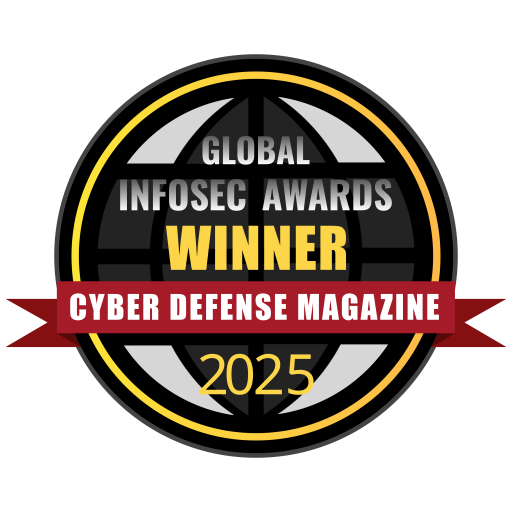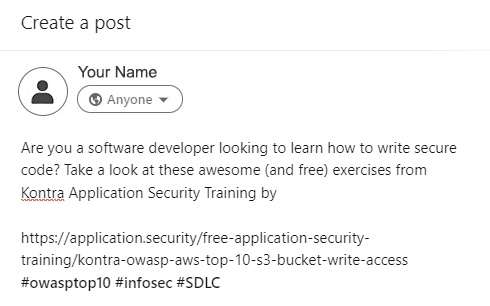Is culture keeping pace with the changing threat landscape? Are more businesses today poised to be proactive or reactive in the face of cyber threats?
The reality is the average cost of a data breach soared to $4.24 million in 2021, the highest in the 17-year history of IBM’s Cost of a Data Breach report and a 10% rise over 2020. The common theme in this and other recent cybersecurity reports is that the human element is by far the primary deterrent to cyber resilience.
As risk profiles change to increasingly factor in human error, so too must the behaviors and mindset required to address evolving security risks. Everyone from the C-suite to frontline employees has skin in the game when it comes to protecting the organization with thoughtful cyber hygiene practices.
A Gartner® Predicts 2023 report finds that by 2025, lack of talent or human error will be responsible for over half of significant cyber incidents. By 2027, 50% of large enterprise CISOs will need to adopt human-centric security practices. But is this enough?
With the right approach, more organizations can have the wherewithal to move in the appropriate direction. Employees can become one of the most effective security controls of an organization. The key to building a security-first culture is recognizing that people represent a formidable first line of defense in safeguarding against cyberattacks and insider risks.
Strategies that help prioritize the human factor in cultivating a cybersecurity culture include:
Realizing culture starts at the top
C-suite executives need to lead by example and set the tone for awareness across the organization. Because people at all levels are often manipulated by hackers to gain a foothold into a network, better management of human behavior from the top down is a high-impact way to increase cybersecurity across the organization. After all, who better than to evaluate the risks employees pose to themselves, vendors, partners, customers, and other stakeholders than the leadership team. With this knowledge, leadership is in the position to formulate business strategies that incorporate security at every stage, in every department.
The latest Gartner Predicts report makes other recommendations for strengthening security programs in the face of modern challenges, including:
- Designing a cybersecurity program that leverages data to improve decision making
- Demonstrating how a strong security program is relevant to winning business
- Effectively allocating budget to education to establish program consistency
- Providing shareable results that emphasize cybersecurity successes across the organization
Communicating clear policies and priorities
Employees need to know what is expected of them regarding security practices and policies. This requires addressing important issues such as password management, data protection, network security, and remote access in a way that conveys a strong, consistent security posture and one that emphasizes the value of security-first actions. To do so means having well-defined guidelines that help identify what a potential threat looks like (in relatable terms) and how to anticipate and prepare for it using available tools, training, and practices.
Changing the narrative
It’s understood that there’s a human element to cybersecurity. But, instead of villainizing employees as the problem, allow them to feel empowered to detect and report threats and become advocates for your organization’s security.
This new mentality of user-focused security involves what is known as human risk management, and it enables a culture of understanding, reduction, and monitoring of employee cyber risk without having to sacrifice such things as budget and productivity. Human risk management goes beyond just compliance to spur meaningful changes in behaviors to allow for a security culture transformation.
Tailoring training to the audience
Simply creating slideshows is not enough. Employees must engage with the learning and be able to relate to it and understand the impact of potential threats used by hackers. Security training from ThriveDX goes beyond awareness to provide real-world content and simulations custom-fit to each department in your organization.
As developers become increasingly popular targets for hackers because of their access privileges, Application Security Training becomes more of a requirement than a nice-to-have. Effective secure coding training is a learning methodology void of gamified content and ineffective quizzes that waste your people’s time. Instead, it is training that gets your developers thinking like hackers. ThriveDX AppSec Training delivers interactive short sessions and simulations built for developers by developers, and inspired by real-life vulnerabilities, bug bounty write-ups, and partner contributed scenarios.
You want to promote behavior change that reduces the number of data breaches within your organization. To get there, you need to test your employees on the full threat landscape using realistic content for any type of phishing attack. Security Awareness Training from ThriveDX offers a safe learning environment and real-world experience for gauging whether your employees are fully familiar with the dangers that lurk.
Conducting regular security audits
Security audits are essential for helping to identify potential vulnerabilities (human factor and otherwise) and areas for improvement, and ensure that all security controls are working effectively. Think of regular security audits as an insurance policy — a way of tracking the effectiveness of those policies and guidelines you implement to improve your security posture. Audits will measure how closely employees stick to your organization’s security practices and help catch vulnerabilities before they can become costly security breaches.
Making cybersecurity part of employee evaluations
With formal evaluation of cybersecurity behaviors, employees know and can better understand what is expected of them. Then, go a step further to recognize and reward employees who show good stewardship of security practices and when objectives are met. To hone your security-first culture, encourage everyone to “own” responsibility for keeping the organization secure.
Conclusion
New cyber threats require a new cybersecurity mindset. The ultimate goal of any organization should be to drive a culture of security-first to ensure resilience and minimize loss in the event of a cyberattack. Cybersecurity awareness that is assessed, reinforced, and adapted at every level of the organization is vital to the transformation of a passive culture to one of motivated defenders.
Protect Your Organization from Phishing
Explore More Resources
- Article, News
- Article, News
- Article, News
- Article, Blog
Your Trusted Source for Cyber Education
Sign up for ThriveDX's quarterly newsletter to receive information on the latest cybersecurity trends, expert takes, security news, and free resources.


